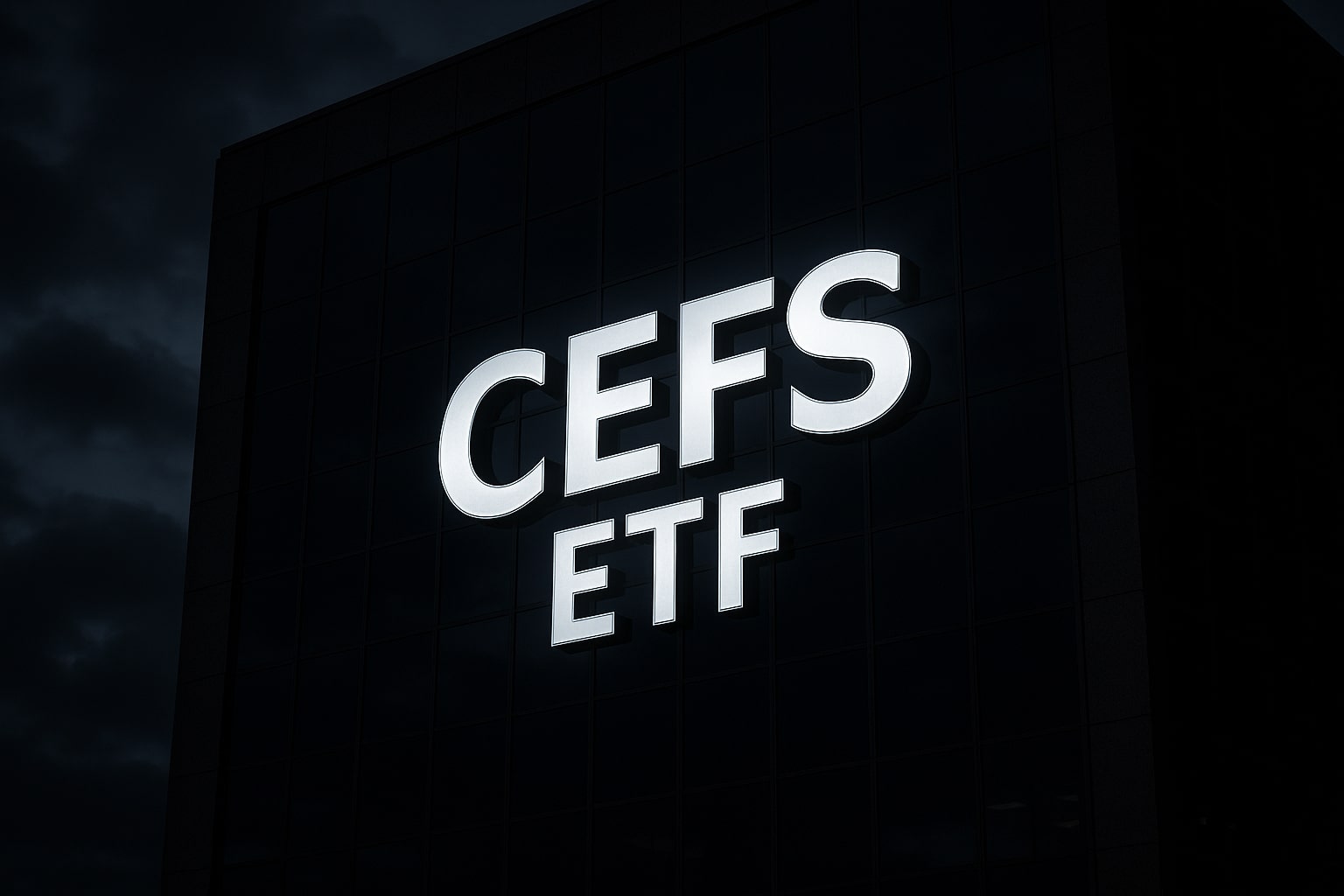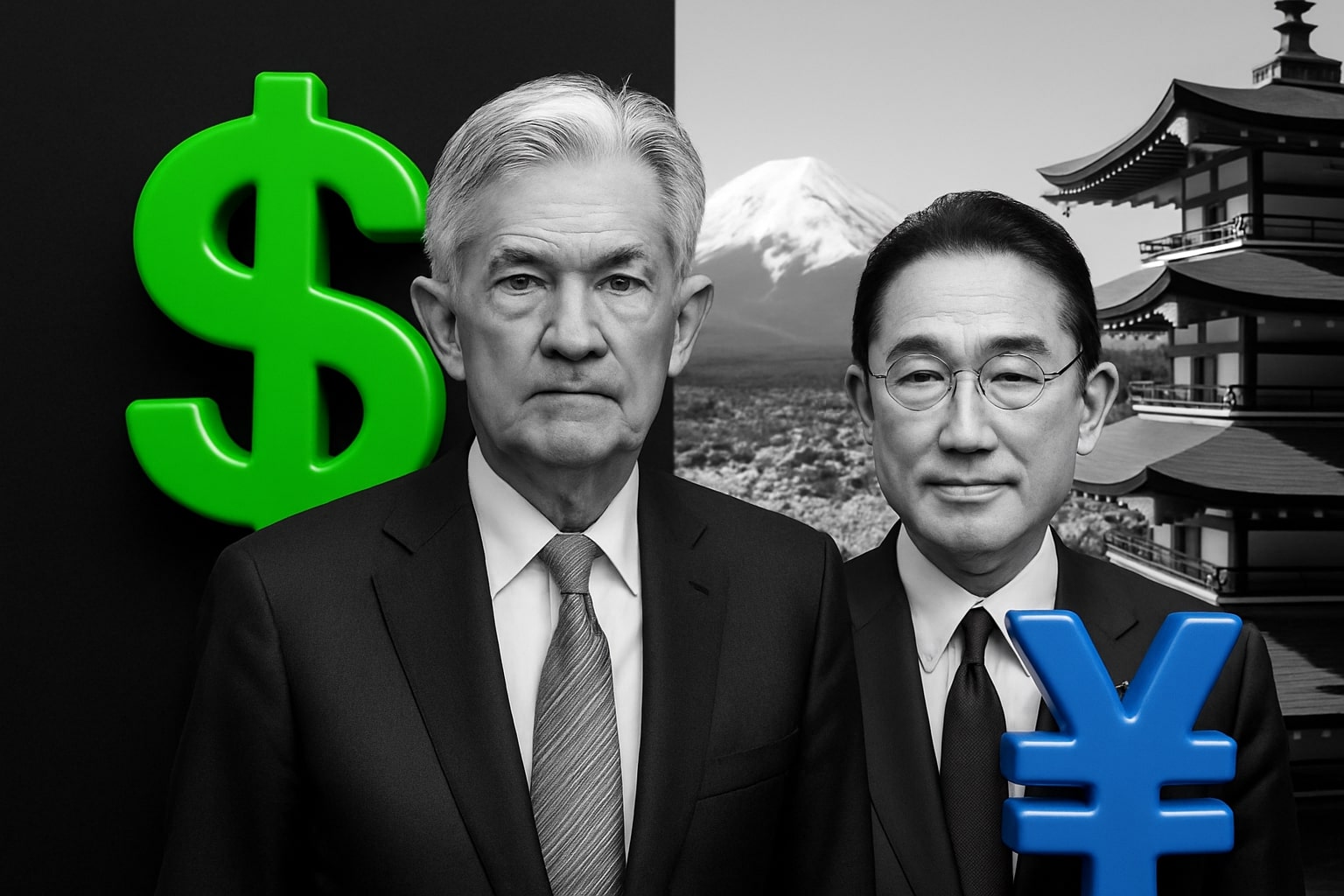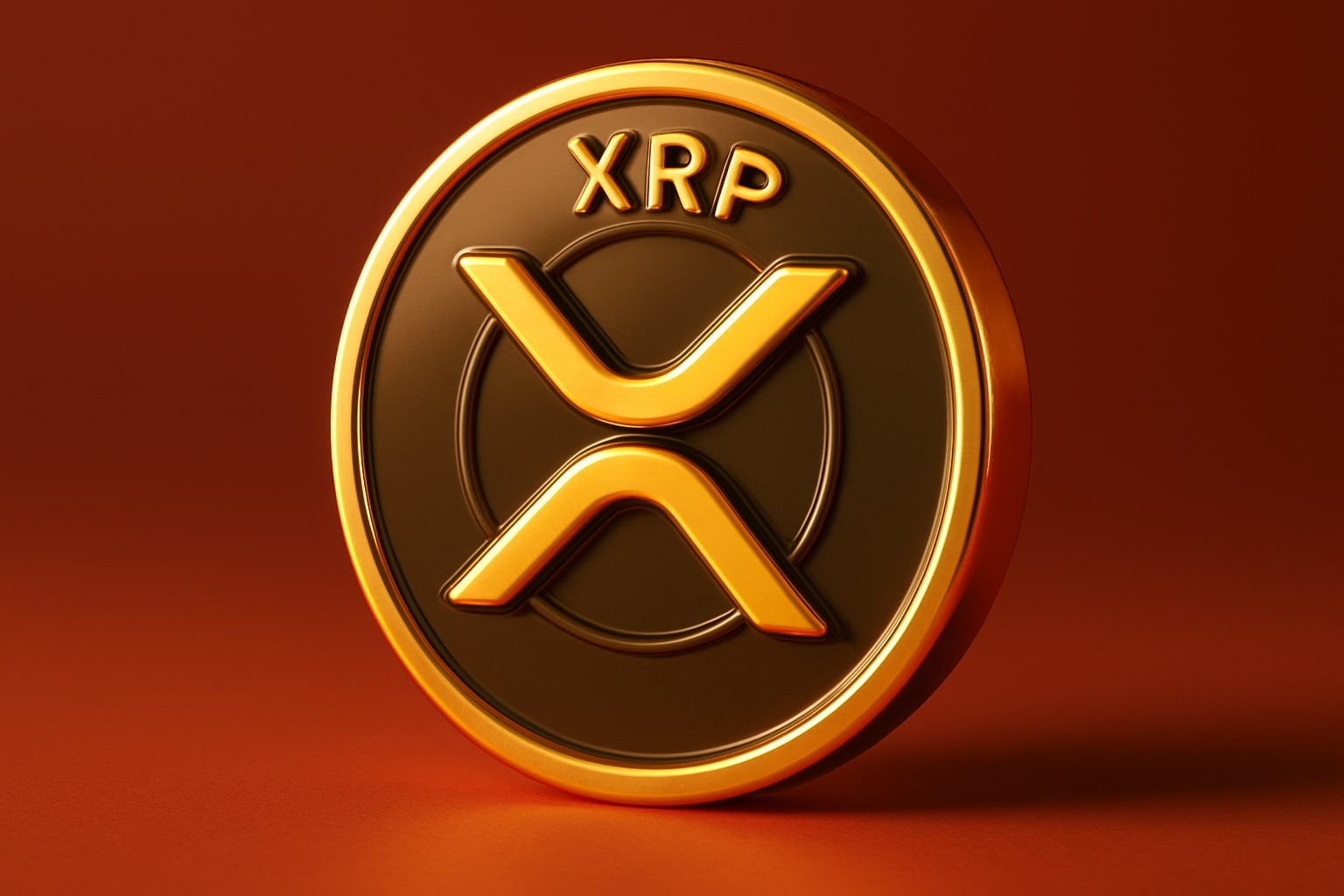
Intel Stock Price (NASDAQ:INTC) Falls to $35.52 as AI Blows and EPS Downgrades
A turbulent week saw NASDAQ:INTC rejected by OpenAI, hit by leadership exits, forced into steep earnings cuts | That's TradingNEWS
Intel NASDAQ:INTC Strategic Repricing And Turnaround Stress Test
Intel’s performance around the $35.52 region reflects a market wrestling with a company attempting one of the most complex transformations in the semiconductor industry while simultaneously navigating leadership disruption, competitive pressure and a valuation that has stretched ahead of earnings reality. The recent slip back into the mid-$35 range followed a surge earlier in the quarter, but the retreat exposed the underlying fragility of a turnaround where execution risk remains the single most dominant factor influencing NASDAQ:INTC price direction. The stock opened the week weakened by the OpenAI decision to pass on Intel’s AI processors, a move interpreted not simply as a lost deal but as a credibility hit for Intel’s positioning in high-performance AI compute. The dismissal came during the same week key AI engineering leaders exited Intel for OpenAI, deepening market worry that the company’s talent drain and competitive pace mismatch may hinder the roadmap investors are pricing in. As NASDAQ:INTC hovered between intraday lows near $34.16 and highs just above $36, traders saw how sensitive the stock remained to narrative swings tied to AI relevance, leadership stability and momentum against AMD and NVIDIA.
Intel NASDAQ:INTC Revenue Momentum Versus Margin Reality
Intel’s Q3 revenue around the $13.6 billion mark gave the appearance of stabilization, allowing bulls to argue that the company is clearing the sharpest portion of its multi-year decline. However, once the earnings breakdown surfaced, the optimism faded under the weight of ultra-thin profitability. Net margin barely held above zero and return on equity remained negative, underscoring how early the turnaround is relative to expectations embedded in the stock. EPS at $0.23 marked meaningful improvement from the previous year’s loss, yet this improvement was overshadowed by dramatic downward revisions to 2025 and 2026 profit expectations. Street models saw 2025 EPS slashed toward roughly thirty cents and 2026 projections cut by more than sixty percent, signaling a multi-year profitability drought unless Intel’s cost base shrinks faster or its foundry ambitions accelerate materially. Even with the rebound in the Client Computing Group and early signs that PC volumes are recovering, Intel’s margins remain constrained by high manufacturing costs, slow node transition and ongoing discounting pressure to retain share in data centers where AMD continues to press aggressively.
Intel NASDAQ:INTC Government And Strategic Capital Against Competitive Pressure
The most striking support behind Intel’s valuation is the strategic capital structure that now includes substantial government backing and major-tech partnerships. The U.S. government’s roughly ten percent stake and the multibillion-dollar support injections signal how central Intel’s manufacturing revival is to America’s semiconductor strategy. NVIDIA’s $5 billion participation adds symbolic weight, suggesting the industry wants a second strong domestic foundry capability. However, none of this capital resolves the core challenge looming over NASDAQ:INTC: its 18A process and foundry roadmap remain behind schedule, with internal projections indicating industry-competitive yields may not materialize until 2027. That timeline creates a dangerous gap in the competitive cycle, giving AMD and NVIDIA a wide runway to deepen their lead across CPUs, GPUs and AI accelerators. Investors are left with a fundamental question: can Intel compress a four-year execution window into something shorter, or will strategic capital only slow the bleeding but not accelerate the recovery? Until the company demonstrates manufacturing discipline and execution consistency, its valuation will oscillate around optimism and doubt.
Intel NASDAQ:INTC Price Structure And Market Behavior
The technical structure around $35.52 shows a market unwilling to capitulate but equally hesitant to assign Intel a premium typically reserved for companies in clear growth cycles. The ability to rebound from the low-$34 range shows that buyers still believe in the turnaround thesis, using each dip as an accumulation opportunity. However, the repeated failure to reclaim the $42.50 region reflects a ceiling created by execution uncertainty, earnings downgrades and the perception that investors may have overextended the stock ahead of fundamental reality. The DCF models placing intrinsic value near $14.69 highlight that even a modest execution miss could trigger a sharp downside correction. Conversely, the price-to-sales ratio near 3.3 times, slightly below semiconductor peers, gives value investors a reason to remain engaged as long as revenue growth and long-cycle foundry commitments show signs of improvement. Trading behavior this quarter confirms Intel remains a story stock: every headline tied to AI, foundry development or government funding sparks immediate price volatility, illustrating how sentiment-driven the equity has become.
Read More
-
Micron Stock Price Forecast (NASDAQ:MU) Climbs Toward $250 as AI Supercycle Tightens Memory Supply
15.11.2025 · TradingNEWS ArchiveStocks
-
XRP Price Forecast - XRP-USD Faces Its Biggest Test as $245M XRP ETF Surge Collides With the $2.21 Support Wall
15.11.2025 · TradingNEWS ArchiveCrypto
-
Natural Gas (NG=F) Drops to $3.89 as Türkiye Spot Prices Spike and Global LNG Demand Accelerates
15.11.2025 · TradingNEWS ArchiveCommodities
-
Stock Market Today: Nasdaq Rebounds to 22,900 as NVDA Stock at $190 and MU Rally While Dow Falls to 47,147
15.11.2025 · TradingNEWS ArchiveMarkets
-
USD/JPY Price Forecast - Yen Surges Toward 154.60 as Fed Shifts to Neutral and Japan Raises Intervention Warnings
15.11.2025 · TradingNEWS ArchiveForex
Intel NASDAQ:INTC Turnaround Urgency And Strategic Stakes
The stakes behind Intel’s turnaround cannot be overstated. The company is fighting to protect relevance in an industry that rewards precision, speed and aggressive innovation cycles. Losing talent to OpenAI, missing high-profile accelerator deals and delaying manufacturing nodes all feed a narrative that Intel is still years behind its rivals. And yet, the company’s strategic positioning — domestic manufacturing, government alignment, corporate partnerships, rising PC demand and a gradually stabilizing revenue base — gives it a rare safety net that few semiconductor firms enjoy during transitional phases. The question for NASDAQ:INTC shareholders is timing. If Intel stabilizes margins and accelerates node execution by late 2026, the current price levels may ultimately prove undervalued. If not, the stock’s premium relative to deteriorating EPS projections makes the current level vulnerable. The company is operating under a global microscope and cannot afford another multi-quarter execution stumble without risking a severe valuation reset.
Intel NASDAQ:INTC Final Stance Buy Sell Or Hold
Considering the interplay of revenue stabilization, margin fragility, strategic capital support, competitive disadvantages, delayed manufacturing timelines and a valuation pulled forward by optimism rather than earnings, the most rational stance is HOLD. The stock carries too much execution risk to justify a Buy rating at current levels and too much strategic support to justify a Sell. Intel must now prove that the billions poured into its turnaround will translate into tangible manufacturing gains and durable profitability. Until that proof appears, NASDAQ:INTC remains a high-potential but high-uncertainty hold.



















